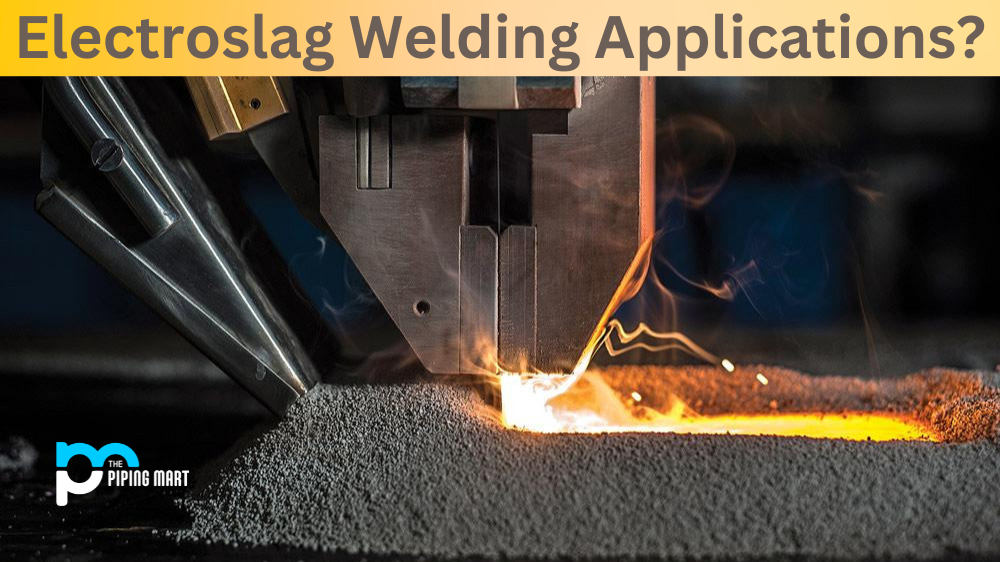The mechanical characteristics of many metals may be altered by heat treatment, even though a substantial portion of a metal’s mechanical properties are determined by its chemical makeup. Today, there are several heat treatment options available, and annealing is one of the most commonly used processes.
What is annealing?
Heat treatment, called annealing, is most frequently used to make materials more malleable and less rigid. The decrease in dislocations in the crystal structure of the material being annealed causes this shift in hardness and ductility.
To avoid brittleness failure or to make the material more flexible for following operations, annealing is frequently performed after the material has undergone a hardening or cold working procedure.
Why Is Metal Annealed?
As was already indicated, annealing is utilized to enhance ductility and decrease hardness. There are several benefits to altering these mechanical characteristics during annealing.
By annealing, a material’s capacity to be formed is enhanced. It can be challenging to press or bend hard, fragile materials without shattering them. This danger is eliminated by annealing.
Additionally, annealing can increase machinability. Extreme brittleness of the material might result in excessive tool wear. The wear and tear on the tool used can be decreased by annealing a material to lower its hardness.
The remaining tensions are eliminated by annealing. Removing residual tensions whenever feasible is usually desirable because they might lead to cracks and other mechanical issues.
What Metals Can Be Annealed?
A material that can be altered by heat treatment must be employed to perform an annealing process. Cast iron and various kinds of steel are two examples. Some varieties of copper, brass, aluminum, and other materials may also react to an annealing procedure.
The Annealing Process
A material’s physical and occasionally chemical qualities are altered during the annealing process, which increases ductility and decreases hardness to make a material more workable.
Material is heated in an annealing furnace above the recrystallization temperature, and after being maintained at the required temperature for an appropriate period, the material is cooled. Once the heating process has caused the atomic movement to be redistributed and the workpiece’s dislocations eliminated, the material recrystallizes as it cools.
An annealing process has three primary phases:
- Recovery Stage
In the recovery step, the material is heated in a furnace or other heating device to a temperature that releases internal tension.
- Recrystallization Stage
The material is heated during the recrystallization phase to a temperature above recrystallization but below melting. This results in the formation of new grains with no existing tension.
- Grain Growth Stage
The new grains fully mature as the grain expands. The material must be allowed to cool at a specific rate to prevent this growth. These three steps together produce a material with increased ductility and decreased hardness. After the annealing process, other procedures may be carried out to alter the mechanical characteristics further.
When Is Annealing Required, And Why Is It Important?
The annealing technique is used to undo the effects of work hardening, which might happen during operations like bending, cold forming, or drawing. If the material becomes overly rigid, it may become difficult to work with or develop fractures.
The substance becomes more workable and ductile when heated above the recrystallization temperature. Additionally, the annealing relieves tensions that could develop when the welds harden. Heating hot-rolled steel above the temperature of recrystallization also shapes and forms it. While annealing steel and alloy steel is prevalent, it may also be helpful for other metals, including aluminum, brass, and copper.
Metal processors employ annealing to create nitric
Ate pieces and maintained the material’s use by returning them to a condition similar to their pre-machined state. After cold working, the procedure is crucial for preserving the ductility and lowering the hardness. Some metals are also annealed to improve their electrical conductivity.
Can Annealing Be Used With Alloys?
Alloys can be annealed, with partial or complete annealing being the sole procedure for alloys that cannot be heated. The exception is the 5000 class of alloys, which may be stable at low temperatures.
Depending on the alloy, annealing temperatures range from 300 to 410 °C, and heating periods range from 0.5 to 3 hours, depending on the size of the workpiece and the kind of alloy. Alloys must be cooled at a maximum rate of 20 °C per hour as long as the temperature exceeds 290 °C. After that, the rate of cooling is no longer significant.
Advantages of Annealing
The key advantages of annealing are how it enhances a material’s workability, toughness, reduces hardness, and boosts a metal’s ductility and machinability. Metals become less brittle throughout the heating and cooling process, and their magnetic and electrical conductivity qualities are also enhanced.
Disadvantages of Annealing
Depending on the materials being annealed, the major drawback of annealing is that it can be time-consuming. It can take a while for high-temperature materials to cool down significantly if they naturally cool in an annealing furnace.
Applications of annealing
Many different businesses need the processing of metals into intricate structures or, many times, employ annealing. Reversing the effects of work hardening is one of the principal uses of annealing. Similar to this, annealing is used to relieve internal tensions brought on by the solidification of welds. Other metals, including copper, aluminum, and brass, may also profit from annealing, in addition to steel.

Pipingmart is B2B portal specializes in industrial, metal and piping products. Also, share latest information and news related to products, materials and different types grades to help business dealing in this industry.




